10 Russian dishes to complete your low-carb diet
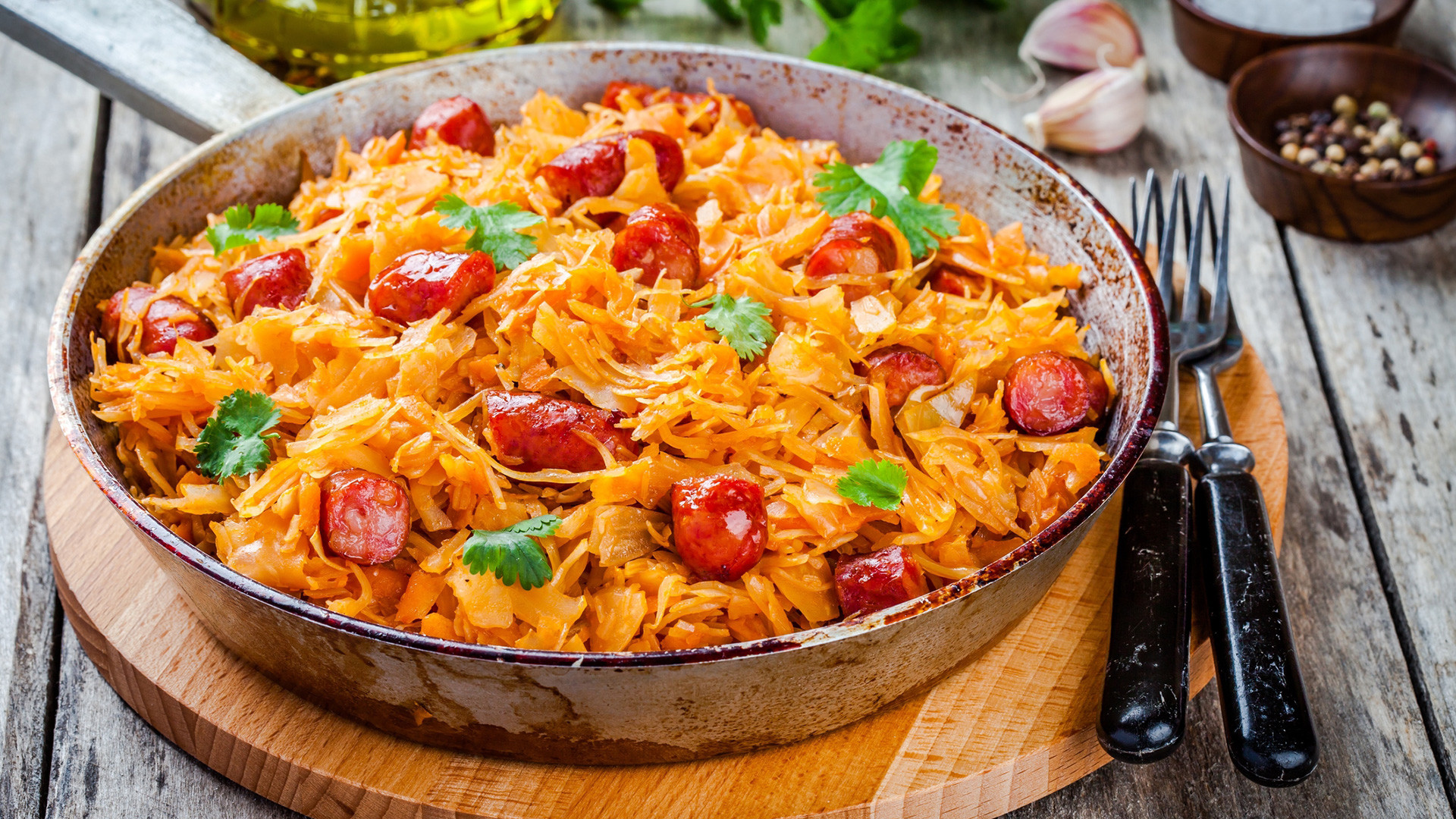
Russian cuisine is full of healthy fats and fiber to help you through the long winter months without losing vitamins. And there
1. Kholodets

This is one of the weirdest Russian dishes: jellied meat in broth, or aspic. For many, jelly is only associated with pudding, but kholodets is not a dessert. Besides meat (
2. Caviar
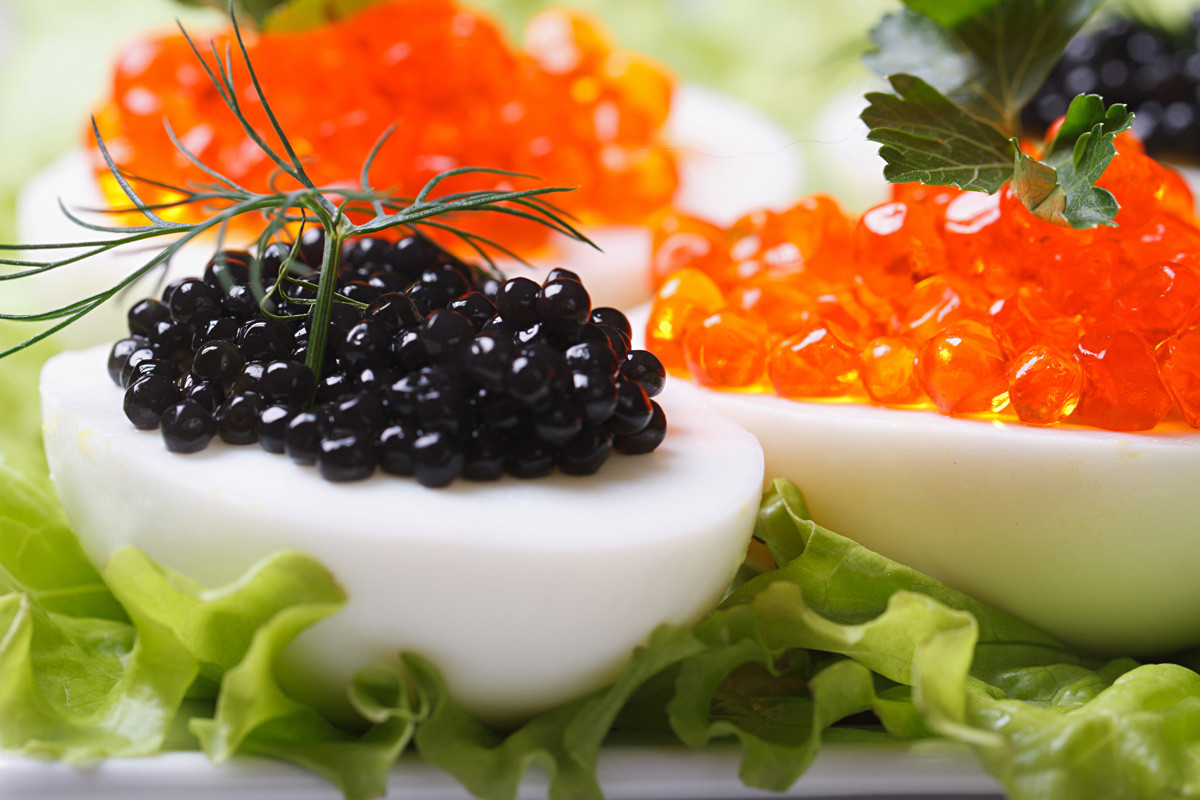
Red and black caviar are welcome guest at any Russian meal. Caviar is full of vitamins D and E and iodine. Caviar goes perfectly with butter and eggs. In some countries, eggs filled with caviar and butter or soft cheese are called “Russian.”
3. Stuffed peppers
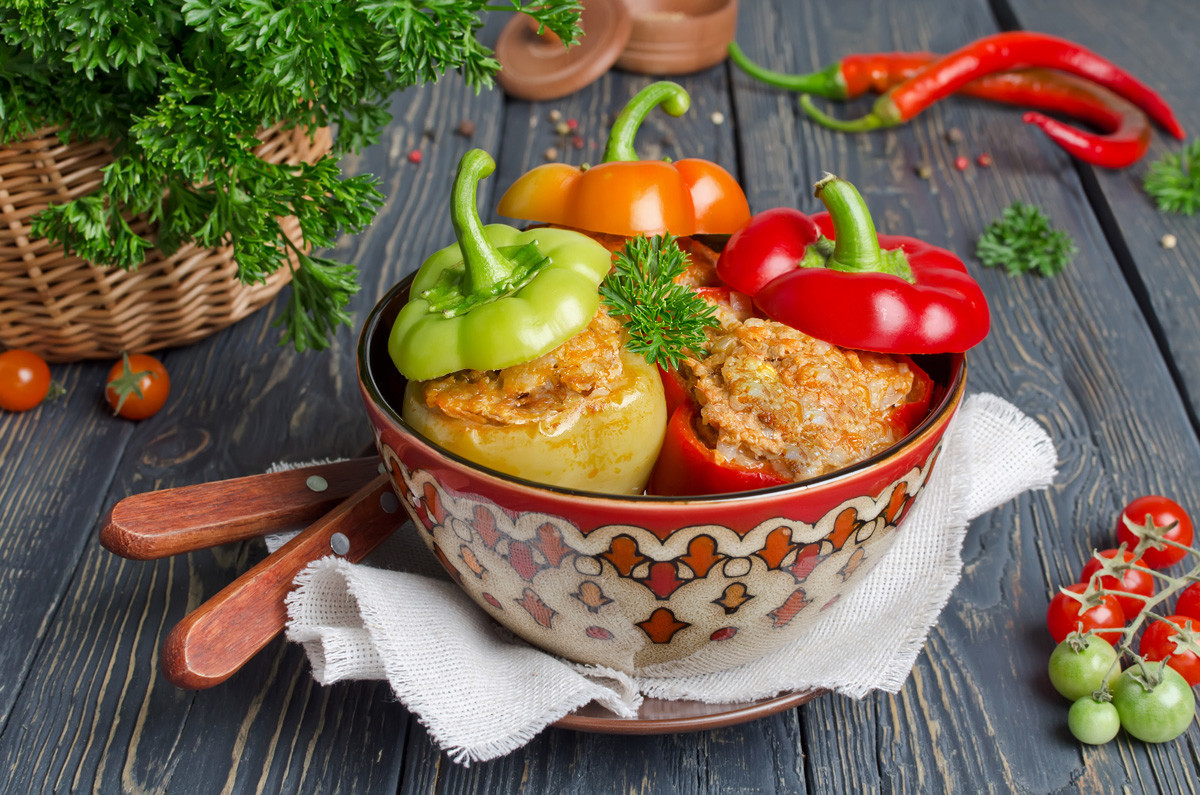
In the authentic Soviet recipe, peppers should be stuffed not only with minced meat (pork and beef
4. Solyanka in a pan
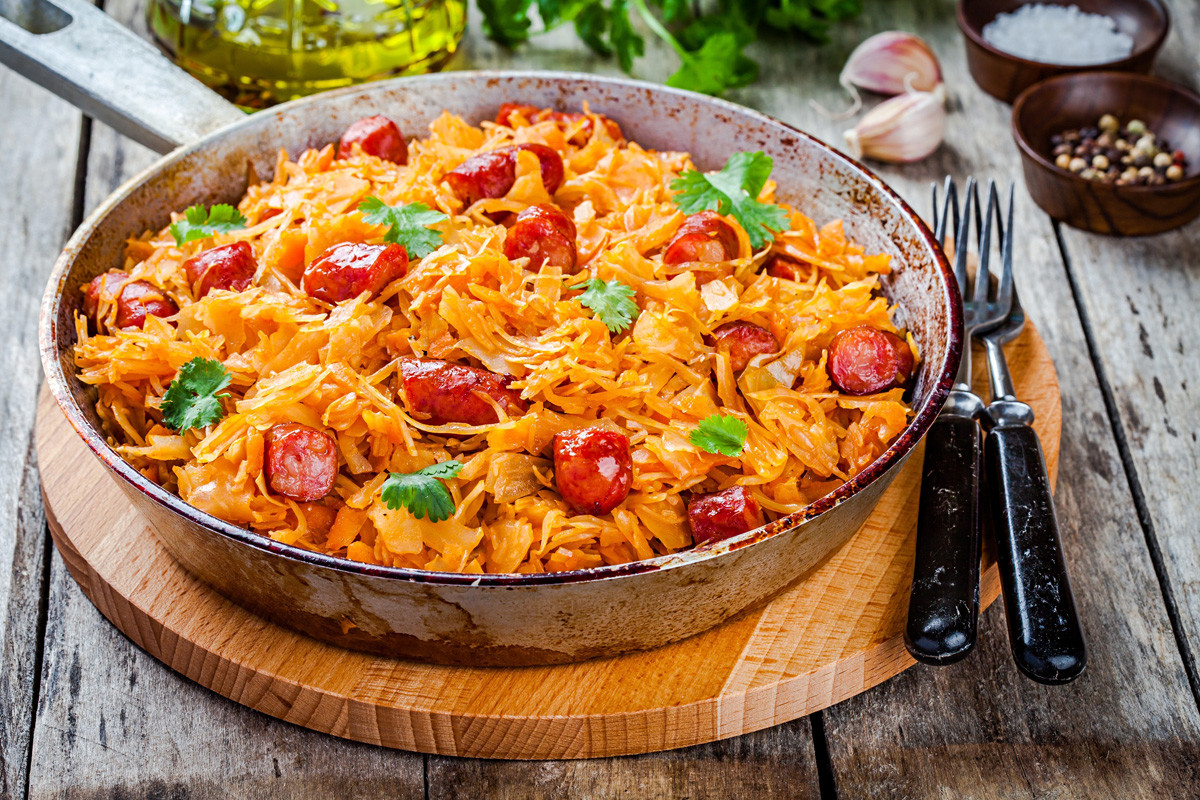
Bigus, the Russian dish with Polish roots is made from fresh cabbage or sauerkraut with sausages. Some Russians call it “solyanka (the spicy soup with smoked sausages) in a pan.”
5. Fat tvorog
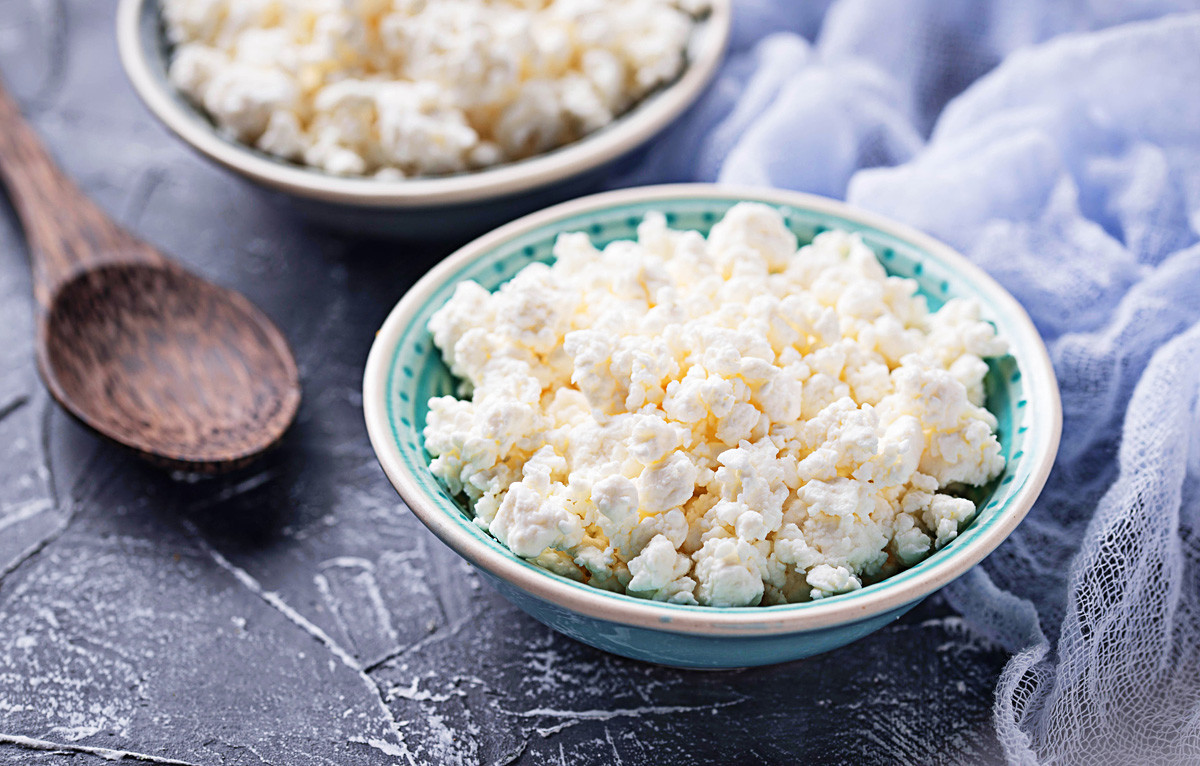
In the endless list of Russian dairy products, tvorog (a kind of cottage cheese) is probably the most popular.
6. Cabbage soup

7. Fermented food

Pickled and fermented food is the foundation of the Russian cuisine, really. Since the olden
8. Chanterelles with smetana
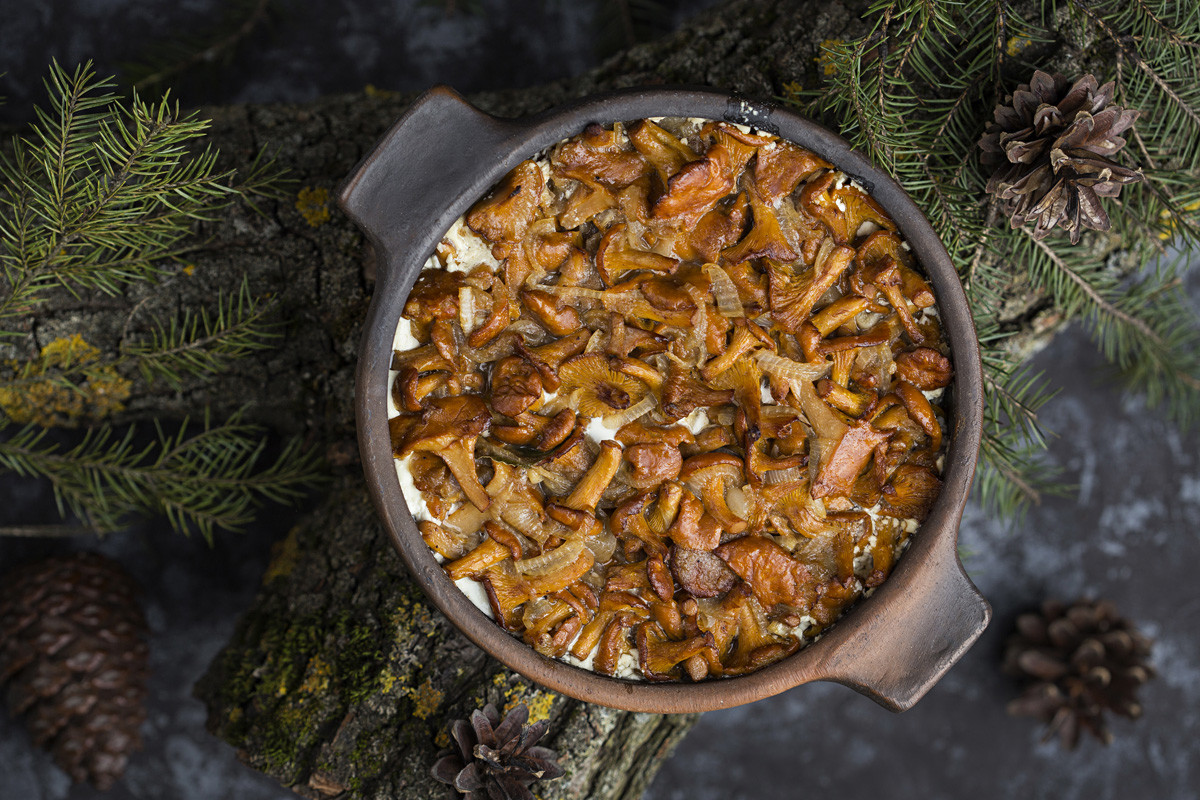
9. Lazy golubtsy
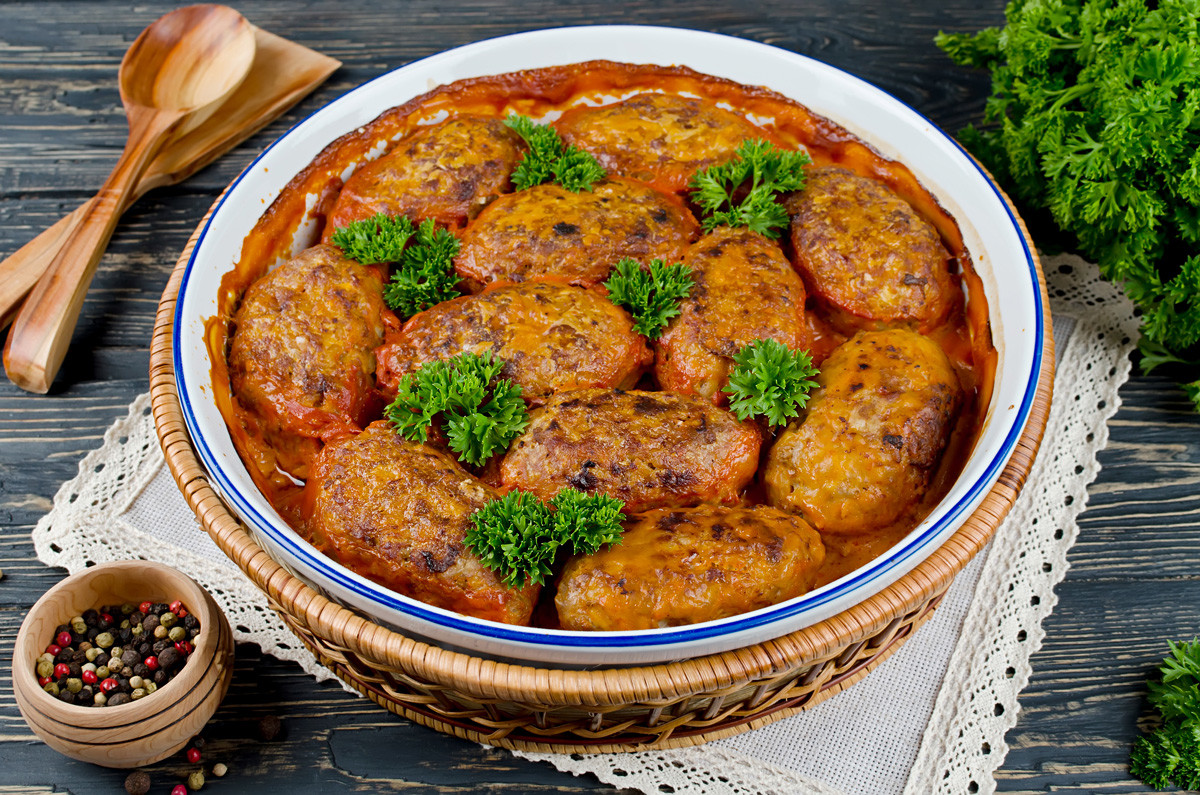
All you need is some cabbage, mincemeat, and tomato puree. The original version of golubsy (literally "pigeons") includes rice – it
10. French-style meat
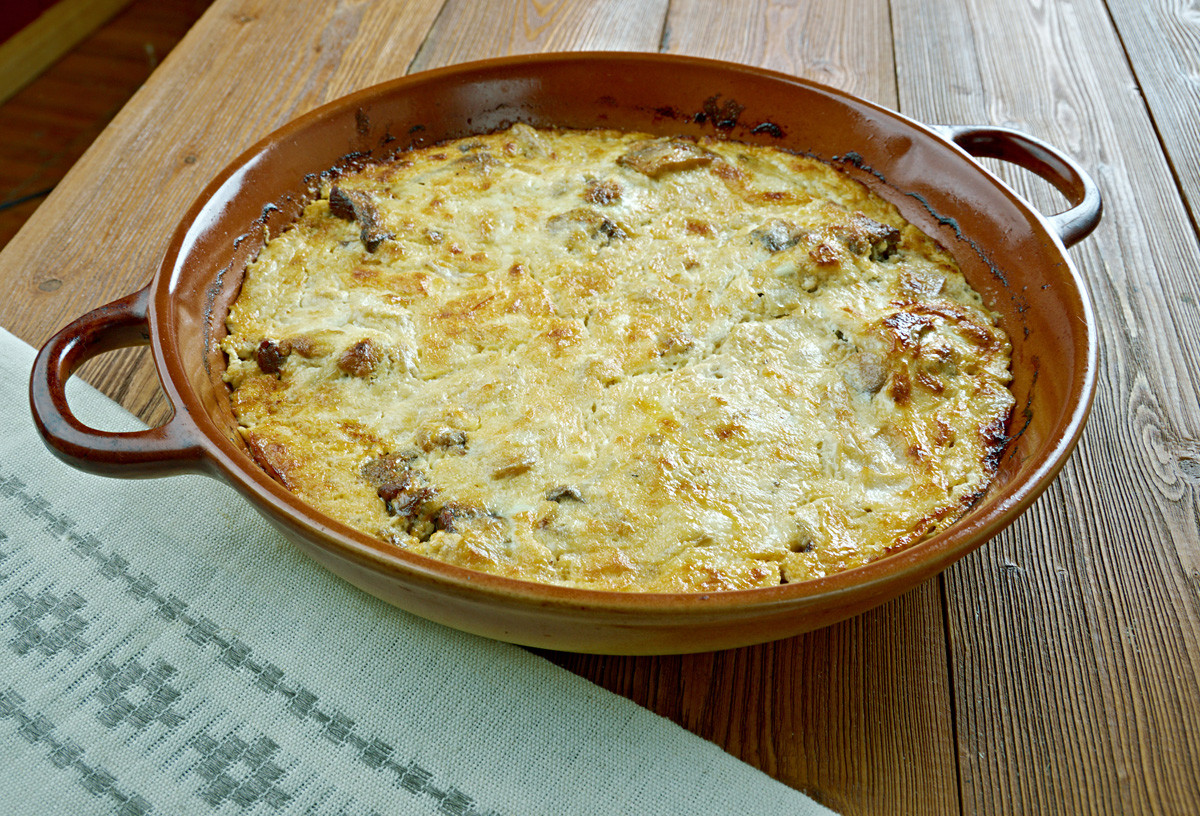
Russians often discuss which sauce is tastier - smetana or mayo? It seems the latter triumphs in this recipe. Pork (or beef) under mayonnaise and grated cheese
If using any of Russia Beyond's content, partly or in full, always provide an active hyperlink to the original material.
Subscribe
to our newsletter!
Get the week's best stories straight to your inbox